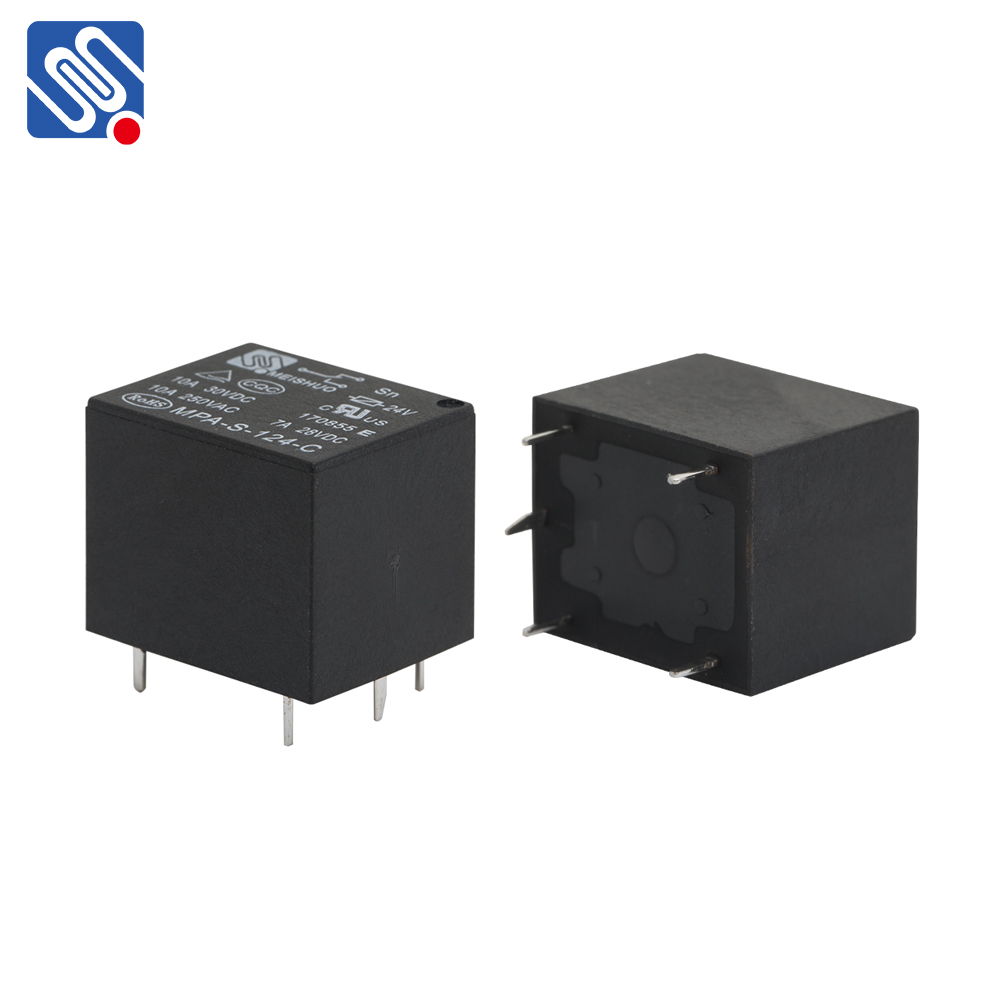The 12 Volt relay is a fundamental electrical component widely used in a variety of industries, including automotive, home appliances, and industrial control systems. This compact yet powerful device allows a low voltage circuit to control higher voltage circuits, serving as a bridge between a weak control signal and a more substantial load. In this article, we will explore the structure, working principle, applications, and benefits of the 12 Volt relay.

What is a 12 Volt Relay? At its core, a 12 Volt relay is an electromechanical switch that uses electrical signals to control the operation of other electrical circuits. Typically, it operates with a 12V direct current (DC) input, commonly found in automotive electrical systems. The relay has two main sections: the coil and the switch (contacts). The coil, when energized by the 12V signal, creates a magnetic field that attracts a movable contact, altering the state of the relay and allowing current to flow through the contacts. The 12 Volt relay is crucial in applications where the current to be controlled exceeds the capabilities of a simple switch or low-voltage circuit. It acts as an intermediary to handle higher currents safely and efficiently.